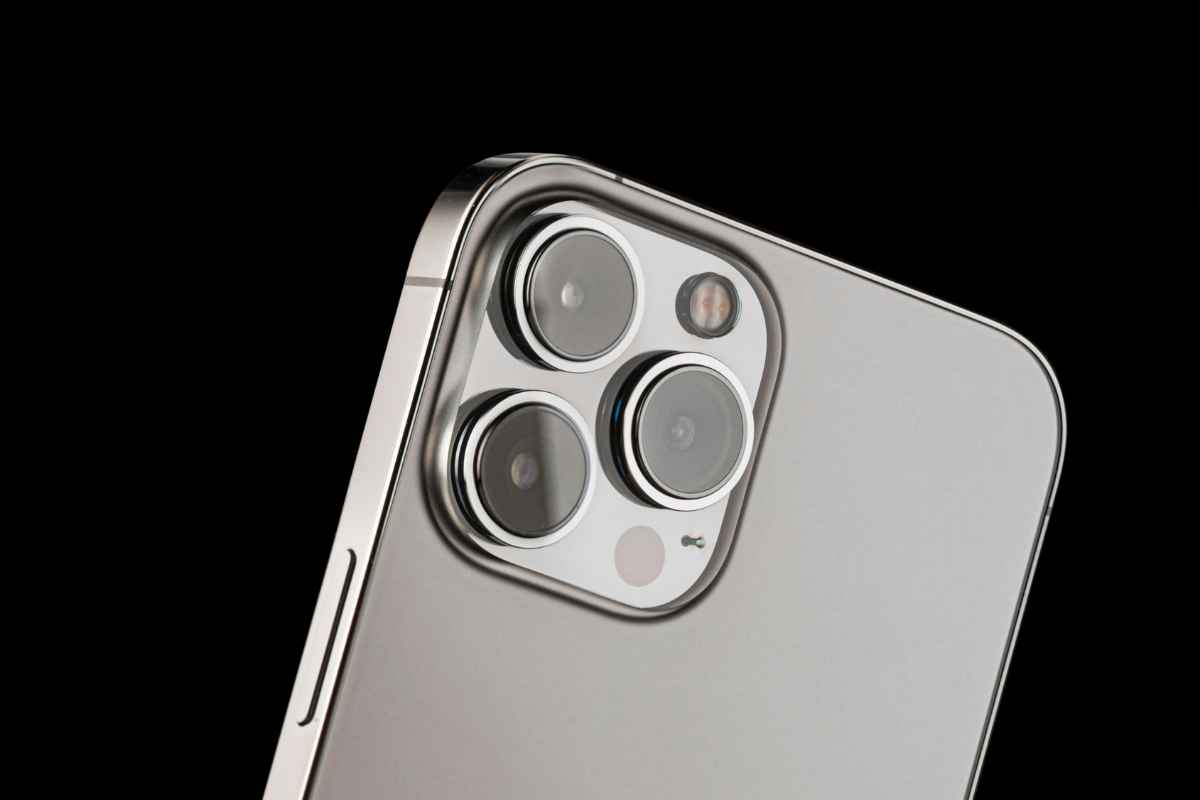
Every day, there are a ton of people who are shifting to iPhones for the first time in their life. iOS and Android are two very different platforms regardless of being easy to operate. If you are contemplating shifting from Android to iOS yourself, then there are a lot of things you should know. Yes, iPhones are good, and they are pretty fast, but they come at a cost to Android users. Here’s what you should know about this.
Android to iPhone: WhatsApp Backup Can’t be Accessed
If you have been baking up your WhatsApp data on an Android smartphone, you can’t access it on your iPhone. This is because Android backs up your data on Google Drive, while in iPhones, iCloud stores backup data. While there are a few ways you can shift WhatsApp data from an Android to an iPhone, they are not very effective. So, be prepared to lose your WhatsApp data when you shift to iPhone from Android.
Android to iPhone: No Fingerprint Sensor
There’s no Touch ID on the recent generation iPhones (excluding the iPhone SE lineup). Shifting from an Android device to an iPhone can be a daunting experience initially. If you are someone who doesn’t like to use Face ID or face unlock, then you will have to manually type the password each time you want to unlock your iPhone.
Android to iPhone: No Fast-Charging and No Type-C Port
If you are used to fast charging on Android devices, you can forget it with iPhones. While the charging speed with an iPhone is not super slow, it isn’t as fast as what you get with the flagship Android smartphones today.
Even today, Apple uses the Lightning port on iPhones for facilitating charging.
Android to iPhone: Data Transfer is Seamless
If you are shifting from Android to iPhone, the data transfer process is something you are going to want to know about. This is an area where you can relax as most of the data on your Android can seamlessly be transferred to the iPhone.
Further, you can still use all the Google apps on your iPhone by downloading them. With Android devices, Google apps come installed by default, but that’s not the case with iPhones.















